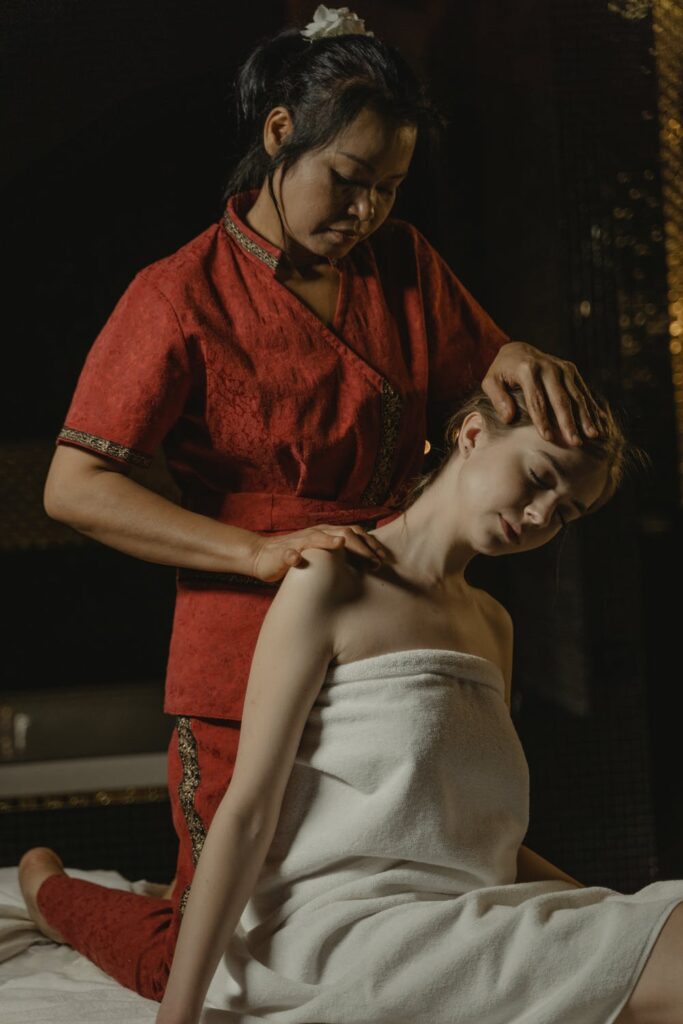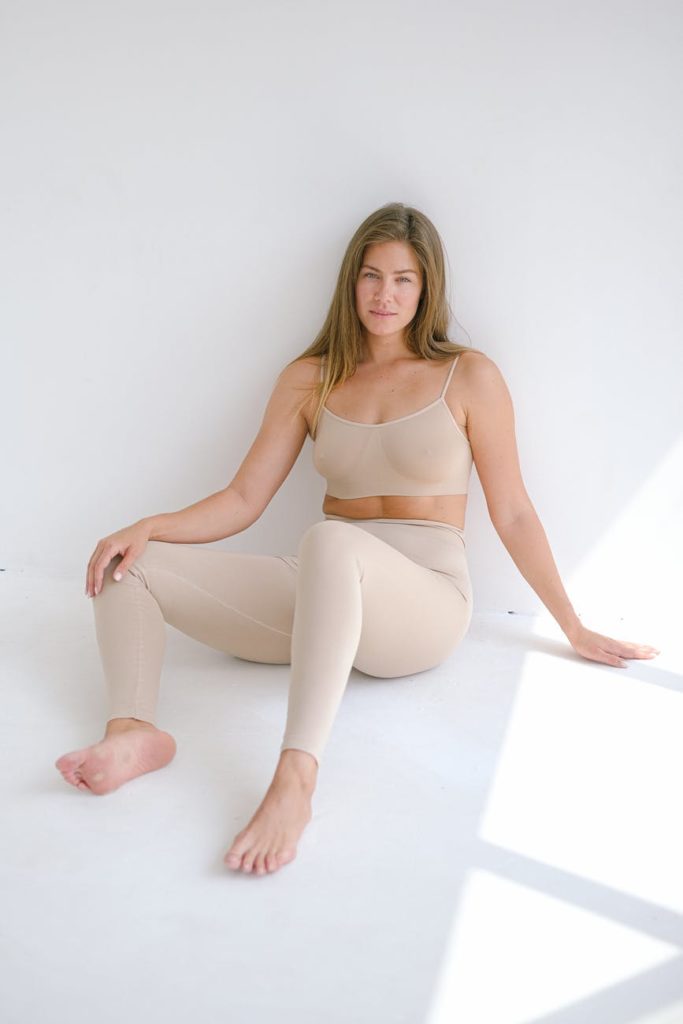Bursitis is a condition characterized by inflammation of the bursae. Bursae are small fluid-filled sacks that act as a cushion between the bone, muscles, tendons, and ligaments of many of the bodies joints. The condition can result in mild pain or extreme tenderness especially when moving the infected joints.
In this post, you can learn about the most common areas of bursitis pain and how to treat those specific areas.
Can bursitis cause shoulder pain?
The shoulder is one of the most susceptible areas of the body to be affected by bursitis mainly because you have one of the largest bursae of the body in the shoulder.
Most of the time, people end up getting shoulder bursitis because they repeat certain movements that can irritate the shoulder. To treat shoulder bursitis, you should, therefore, refrain as much as you can from moving the shoulder.
In addition, you can also perform various shoulder exercises to repair and strengthen your shoulder.
Shoulder shrugs
You can start by doing shoulder shrugs. Look forward with your hands by your sides and slowly shrug your shoulder as if you are trying to touch your ears with your shoulders. From there slowly bring them back down.
Shoulder blade squeeze
Another good exercise is the shoulder blade squeeze. Look forward with your hands to your sides and slowly squeeze your shoulder blades back as if you are trying to squeeze a tennis ball between your shoulder blades.
Gently pull one arm across the front of your body along the chest. With your other arm pull the stretched arm in close to your body until you can feel the stretch along the rear delt.
You may repeat this series of exercises multiple times a day. For more information on how to cure shoulder bursitis, you can view this post.
Can bursitis cause hip pain?
Bursitis is quite common in the hip as well. This particular area can be particularly painful since the condition can make it difficult to walk or sit straight.
Rest is always a great remedy for hip bursitis, however, there are also various exercises you can engage in to treat hip bursitis as listed below.
Iliotibial band stretch
Lean against a wall with your injured side against the wall. You can place the closest hand to the wall on the wall for support. Cross the further leg from the wall over the other leg and lean your hips into the wall. Hold the position and then return back to your starting position.
Luteal stretch
Start by laying on the back with your knees bent and pointing up. From this position bring the leg up from the injured side of the body and cross it over the other bent knee and res the ankle on the bent knee. Slowly grab the thigh of the injured side and lightly pull it towards the body until you feel the stretch along the buttocks.
You may repeat these stretches multiple times a day for best effect.
Can bursitis cause leg pain?
Bursitis is common in the upper thigh and other parts of the leg as well. Like bursitis in other parts of the body, bursitis of the leg can be treated through rest or by icing it to reduce inflammation.
There are multiple exercises you can engage in as well to alleviate bursitis pain in the legs.
Bridges
Lie on your back facing up with your arms at your sides and your toes pointed up. Press down against the floor with your ankles and raise your hips up into the air. Perform this thrusting motion slowly and carefully. At the top, you may squeeze to hold the position and then slowly lower yourself back down. Be sure to keep your abs tight as well. From the peak position, you may lower yourself to the floor.
Forward Lunge
Place one foot about half a body length in front of the other and proceed to slowly lunge forward. Focus on keeping your core tight and make sure to try to stretch your hips and hamstrings as much as you can. Once your back knee gets close to the ground you may thrust yourself back up.
Side Lunge
Straddle your legs so that they are a little wider than shoulder length. From this position, lean to one side and squat down from the leg on the side you are leaning on while keeping the other straight. Bring yourself back up and do the same on the other side. When doing the side lunge be sure to focus on stretching out the inner thigh and hip flexors.




